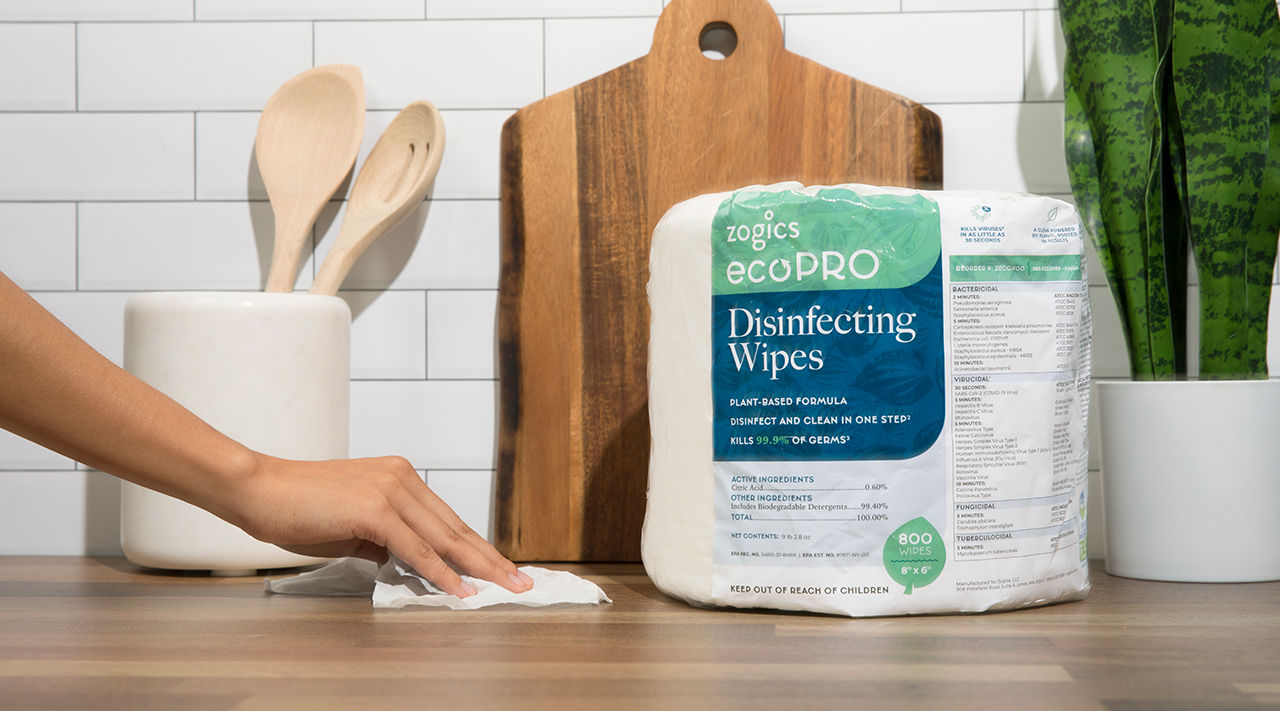In any environment, cleanliness is crucial, but in commercial kitchens, where hundreds or thousands of meals are prepared daily, impeccable hygiene is an absolute necessity. Cleanliness impacts business image and customer satisfaction and has serious public health implications. Hand sanitizers are a cornerstone of optimal sanitation practices in commercial kitchens.
The Role of Hand Sanitizers in Commercial Kitchens
Hand sanitizers have become critical in curbing the spread of harmful pathogens, especially highlighted during the COVID-19 pandemic. Their role in disease prevention and well-being has been magnified, particularly in commercial spaces like restaurants and catering services. In commercial kitchens, hand sanitizers are vital for ensuring food safety and reducing the risk of foodborne illnesses by acting as barriers against bacteria like Salmonella and E.coli.
Types of Commercial Hand Sanitizers
Selecting an effective commercial hand sanitizer involves understanding the options available, which vary by active ingredients, formats, and types:
Alcohol-Based Sanitizers
Ingredients: Isopropyl alcohol, ethanol, or n-propanol (60%-95% concentration).
Pros: Highly effective against a wide range of microorganisms, quick-drying, no need for water or towels.
Cons: Can cause dryness and skin irritation, flammable.
Alcohol-Free Sanitizers
Ingredients: Benzalkonium chloride and other non-alcoholic agents.
Pros: Less drying to the skin, longer-lasting effects.
Cons: May not kill as broad a range of germs as alcohol-based sanitizers.
Specialized Formats
Gel Hand Sanitizer: Popular for convenience and less mess.
Foam Hand Sanitizer: Lighter on hands, cost-efficient, less drying.
Wipes: Useful for germ-killing and minor cleaning tasks.
Understanding these types helps in making an informed choice that suits the specific needs of your establishment.

Selecting the Right Commercial Hand Sanitizer
When choosing a commercial hand sanitizer, several factors must be considered:
Alcohol-Based Sanitizers
Pros: High effectiveness, quick drying.
Cons: Skin irritation, flammability.
Alcohol-Free Sanitizers
Pros: Less skin irritation, longer-lasting.
Cons: Less broad-spectrum germ-killing.
Key Active Ingredients
Ethanol: Efficient but can dry skin.
Isopropanol: Similar to ethanol, with the same pros and cons.
Benzalkonium Chloride: Found in alcohol-free sanitizers, slower acting but longer-lasting.
Guide to Commercial Hand Sanitizer Formats
Gel Sanitizers
Benefits: Convenient, a little goes a long way, extensive coverage.
Foam Sanitizers
Benefits: Lighter texture, cost-efficient, less drying.
Wipes
Benefits: Combines germ-killing with minor cleaning, convenient for high-traffic areas.
Dispenser Solutions for Commercial Use
Effective dispensing solutions are crucial for maintaining a sanitary environment:
Wall-Mounted Dispensers
Automatic Hand Sanitizer Dispenser
Pros: Touchless, reduces cross-contamination.
Manual Hand Sanitizer Dispenser
Pros: Economical, effective if maintained properly.
Standalone and Portable Units
Standalone Sanitizer Dispenser: Flexible placement, suitable for larger establishments.
Portable Sanitizer Dispenser: Easy to move, ideal for events or high-volume periods.
Innovations in Touchless Dispensing Technology
Features: Infrared sensors, controlled dispensing, smart dispensers tracking usage data.

Best Brands in the Commercial Hand Sanitizer Market
Zogics: Is a brand you can always trust to ensure your cleanliness as well as skin's well-being. They offer a alcohol-free foam hand sanitizer making it a great option for adults and children.
Purell: Extensive product line, trusted despite past scrutiny.
GOJO: Known for quality and trusted in healthcare and food service industries.
Dial: Offers a wide array of hand sanitizer and hand soap as a significant contributor to hand hygiene.
Analyzing Consumer Reviews and Ratings
Consumer feedback is invaluable for assessing efficacy, skin sensitivity, and overall satisfaction. Use this data judiciously to make informed choices.
Sustainability and Environmental Impact
Hand sanitizers impact the environment, so consider eco-friendly options:
Eco-Friendly Formulations and Packaging
Formulations: Natural ingredients, less harmful to the environment.
Packaging: Recyclable or biodegradable options to reduce landfill contributions.

Ensuring Hygiene and Safety with the Right Hand Sanitizer
Choosing the right-hand sanitizer for your commercial kitchen is essential for maintaining hygiene and safety. By understanding the types, active ingredients, and formats available, you can make informed decisions that best meet the needs of your establishment. Additionally, considering eco-friendly options helps in contributing to environmental sustainability.
For more details on optimizing your hand sanitizer choices and exploring a range of hygiene products, visit Zogics.
FAQs
What type of hand sanitizer may be used in a commercial kitchen?
In commercial kitchens, both alcohol-based and alcohol-free hand sanitizers can be used. Alcohol-based sanitizers are typically more effective against a broad spectrum of microorganisms, while alcohol-free options, often containing benzalkonium chloride, are less irritating to the skin and provide longer-lasting protection.
Which is a chemical sanitizer that can be used in commercial food establishments?
In commercial food establishments, chemical sanitizers such as quaternary ammonium compounds (quats), chlorine-based sanitizers, and iodine-based sanitizers are commonly used to ensure surfaces and utensils are free from harmful microorganisms.
What are the 3 most common sanitizers used in professional kitchens?
The three most common sanitizers used in professional kitchens are:
Chlorine-based sanitizers: Effective and widely used for their broad-spectrum germ-killing properties.
Quaternary ammonium compounds (quats): Popular for their stability and effectiveness.
Iodine-based sanitizers: Often used for their effectiveness at lower concentrations and in cooler temperatures.
What are the approved sanitizers for restaurants?
Approved sanitizers for restaurants include:
Chlorine-based sanitizers: Typically used at concentrations of 50-200 ppm.
Quaternary ammonium compounds (quats): Used at concentrations of 200-400 ppm.
Iodine-based sanitizers: Effective at concentrations of 12.5-25 ppm.
These sanitizers are approved by health authorities for use in foodservice environments to ensure proper hygiene and safety.


